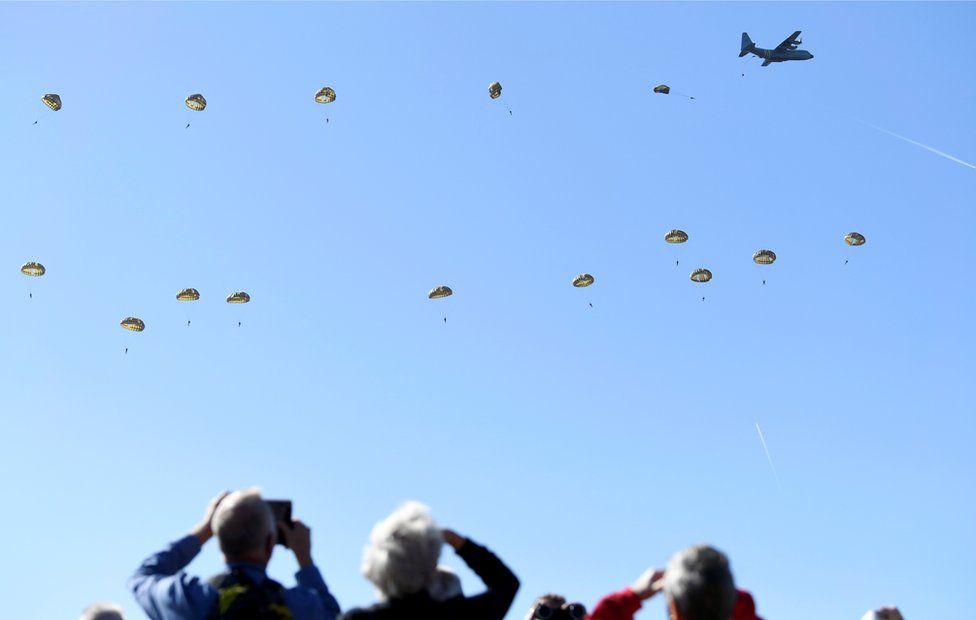- Joined
- Mar 15, 2016
- Messages
- 4,526
- Display Name
Display name:
Ari
If nothing else, the "pro instructor on Cirrus" is doing a great job reinforcing stereotypes about Cirrus pilots by giving advice that is directly contrary to the explicit wording of the official NOTAM. Cleverly hidden on page 5 under the heading Ripon to Fisk, it gives this instruction: "Do not overtake another aircraft unless authorized by ATC." The NOTAM immediately goes on to say not to S-turn to follow an aircraft, either, but instead to break off the procedure, go back to the starting point, and follow another aircraft of similar speed.So, I'm going to Oshkosh, you all better stay out of my way.I talked this over with a pro instructor on Cirrus, he told me to pop in 50% flaps and fly it at 90 knots, he said if someone is flying it slower than that, pass them. He also said to be careful when they start turning you to land if ask you to "tighten up" the turn.
Should be fun.
Edit to add: "Do not overtake another aircraft" is also mentioned on the prior page under Transitions.

